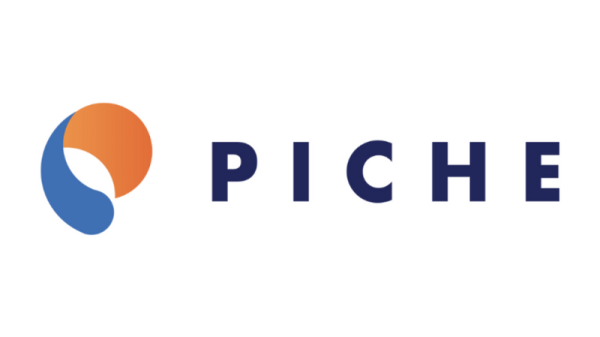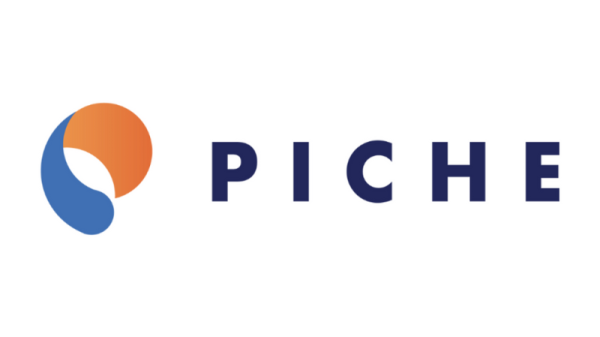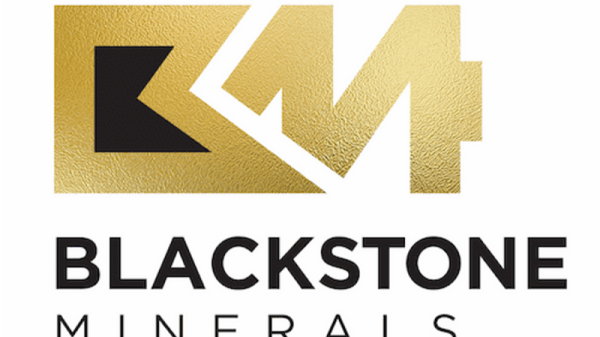In the swiftly evolving tech landscape, the Internet of Things (IoT) stands out as a revolutionary force, reshaping industries from healthcare to urban development. Its reach is vast, yet its application in the realm of professional writing and research remains underexplored. By integrating IoT into their workflows, professional writers can leverage connected devices to streamline research, enhance data accuracy, and delve deeper into their subjects. This blog post explores how IoT can elevate the research process for writers, offering both efficiency and a competitive edge in producing high-quality, insightful content.
Understanding IoT and Its Capabilities
The Internet of Things (IoT) refers to a network of interconnected devices that communicate and exchange data with each other and the cloud, without human intervention. This network includes everything from everyday household items like refrigerators and thermostats to sophisticated industrial tools. At the heart of IoT are sensors and devices that collect data, networks that transmit this data, and software that analyzes it.
IoT’s utility stretches across multiple fields:
Healthcare: IoT devices monitor patient vitals in real-time, alerting healthcare providers to changes that could indicate medical issues. Agriculture: Sensors assess soil moisture and nutrient levels, automating irrigation and fertilization to increase crop yield. Smart Cities: Connected devices manage everything from traffic flow to energy use, improving efficiency and reducing costs.By leveraging such devices, professional writers can access a wealth of real-time data, which can be invaluable for enriching content and supporting robust research findings. This technology not only expands the scope of what writers can explore but also enhances the precision with which they can write about complex topics. To ensure high-quality outputs in academic and professional writing, many choose to hire professional paper writers, who utilize these advanced tools to deliver well-researched and meticulously crafted documents.
The Role of IoT in Enhancing Research Quality
IoT technology can significantly elevate the quality of research conducted by professional writers by providing access to real-time, large-scale, and varied data sets that were previously difficult or even impossible to collect. This can enhance both the depth and breadth of content that writers can produce. Here’s how IoT facilitates these improvements:
Real-time Data Collection
IoT devices operate continuously, gathering data 24/7 and providing up-to-the-minute information. For writers covering dynamic topics such as market trends, environmental studies, or technological advancements, real-time data ensures that their content is both current and relevant. For instance, a writer discussing urban air quality could use data from IoT-enabled air quality sensors distributed throughout a city to provide readers with the latest findings.
Access to Larger Data Sets
IoT devices collect vast amounts of data from multiple sources simultaneously. This comprehensive data collection can reveal patterns and insights that are not visible through traditional research methods. Professional writers can harness this capability to support stronger, data-driven arguments in their papers. For example, using data from IoT sensors in multiple vehicles can help a writer analyze traffic patterns in real time, offering evidence-based solutions to urban congestion.
Case Study: Smart Farming
Consider the impact of IoT in agriculture, where sensors measure everything from soil moisture to crop health. A writer specializing in sustainable farming techniques could use data from these sensors to discuss the effectiveness of different farming strategies with precision, making the case for IoT-based solutions in agriculture with concrete evidence.
Practical Applications of IoT for Professional Writers
The integration of IoT technology offers a variety of practical tools and devices that can significantly aid professional writers in their research and content creation. Here’s a look at some key applications:
Environmental Sensors
Writers covering topics related to geography, climate change, or environmental science can benefit from environmental sensors that monitor air quality, water quality, and weather conditions. These sensors provide data that can enrich articles, reports, and papers with up-to-date, location-specific information. For example, data from oceanographic sensors can be used by writers to detail changes in ocean temperatures and their effects on marine life in environmental studies.
Wearables and Mobile Apps
Health and lifestyle writers can utilize data from wearables like fitness trackers and smartwatches to gather insights on health trends, fitness habits, and well-being. This information can support articles on topics such as the effectiveness of new fitness regimes or the impact of sleep on productivity, offering personal health data to illustrate broader trends.
Smart Home and Office Devices
For writers focusing on technology, business, or home improvement, smart home devices like connected thermostats, security cameras, and lighting systems provide a wealth of information on energy efficiency, security, and modern living. By accessing data from these devices, writers can discuss the practical implications of smart technology in everyday life or evaluate the ROI of smart home investments.
Integration with Research Methodologies
IoT can also transform traditional research methods. For instance, historians or cultural researchers might use IoT devices to monitor and analyze environmental conditions in historical archives or museums to study the effects of the environment on the preservation of artifacts, providing a novel angle in their research.
Streamlining the Research Process with IoT
The impact of IoT on the research process extends beyond just enhanced data collection—it also streamlines the entire workflow, making research faster, more efficient, and often more comprehensive. Here’s how IoT contributes to streamlining research for professional writers:
Automation of Data Collection
IoT devices automatically collect and record data, reducing the need for manual input and the time spent on data gathering. For instance, a writer focusing on urban development could use IoT sensors to automatically collect data on traffic patterns, noise levels, and air quality in different parts of a city, eliminating the need for physical surveys and manual data logging.
Real-Time Analysis and Alerts
Many IoT systems are equipped with tools that analyze data in real-time and can alert writers to significant changes or trends as they happen. This capability allows writers to quickly update their content to reflect current situations, ensuring that their articles or reports remain relevant and timely. For example, a financial analyst could receive instant updates from IoT-connected stock market tools, enabling them to write about market shifts the moment they occur.
Enhanced Data Organization
IoT platforms often include software solutions that help organize and visualize data, making it easier for writers to interpret complex datasets and translate them into understandable content. This is particularly useful for writers dealing with large amounts of data, such as those researching for extensive reports or books on complex subjects like climate change or economic forecasts.
Case Example: IoT in Disaster Reporting
In the context of disaster reporting, IoT devices can provide journalists with immediate data from the field. Sensors can monitor weather conditions, structural integrity of buildings, and even the movement of people in real time during a disaster like an earthquake or hurricane. This immediate flow of data helps journalists report more accurately on the event, potentially saving lives and informing emergency response efforts.
Challenges and Considerations
While IoT offers numerous advantages for enhancing research and writing, it also presents several challenges and considerations that professional writers need to be aware of. Addressing these issues is crucial for effectively leveraging IoT technologies.
Data Privacy and Security
One of the most significant concerns with IoT devices is the security and privacy of the data they collect. Writers must ensure that any data used complies with privacy laws and ethical standards, especially when dealing with sensitive information. For instance, using data from wearables for health-related articles must be handled carefully to respect user confidentiality.
Accuracy and Reliability of Data
Not all IoT devices are created equal, and the accuracy of data can vary significantly. Writers need to verify the reliability of the IoT data sources they use to avoid the risk of basing articles on inaccurate information. This might involve cross-verifying IoT data with other data sources or using only well-established IoT providers with a proven track record.
Ethical Considerations in Automated Data Collection
The use of automated systems to collect data can raise ethical questions, especially when individuals are unaware that their data is being collected. Writers should consider the ethical implications of using such data and ensure transparent communication about how it is gathered and used, particularly in journalism.
Technological Dependence
Relying heavily on IoT devices can make writers vulnerable to technical failures or data losses. It’s important to have backup systems and alternative research methods in place to mitigate these risks.
Case Study: IoT in Behavioral Research
Consider a case where IoT devices are used to track consumer behavior for a marketing analysis article. The writer would need to address how consumer consent was obtained, how data anonymity was preserved, and the accuracy of the devices used to ensure the integrity of the research and compliance with ethical standards.
The Future of IoT in Professional Writing
As IoT technology continues to evolve and become more integrated into our everyday lives, its influence on professional writing is expected to grow. Here’s a look at some emerging trends and potential future scenarios for IoT in the writing industry:
AI Integration for Predictive Analytics
IoT devices are increasingly being combined with artificial intelligence (AI) to provide predictive analytics. For writers, this could mean tools that not only gather data but also predict trends based on that data, offering deeper insights and forecasts. For instance, a business writer might use AI-enhanced IoT systems to predict market shifts or consumer behavior, providing readers with forward-looking analyses that add significant value to their content.
Blockchain for Enhanced Data Security
As concerns about data privacy and security grow, blockchain technology could play a crucial role in securing IoT data. Writers covering topics sensitive to data breaches could rely on IoT devices backed by blockchain to ensure their data sources are tamper-proof and fully secure, thus enhancing the credibility of their work.
More Sophisticated Content Customization
IoT could enable a new level of content customization for readers. Writers could use IoT data to understand reader preferences and behaviors in real time, tailoring content dynamically to suit individual reader needs and contexts. This could revolutionize how content is consumed and valued by audiences.
IoT as a Standard Research Tool
In the near future, IoT might become a standard tool in the researcher’s toolkit, much like the internet is today. Writers in fields from science to humanities could routinely use IoT data to enhance accuracy, provide real-time updates, and offer interactive content that engages readers in unprecedented ways.
Conclusion
The integration of IoT into professional writing and research heralds a new era of data-driven journalism and content creation. By leveraging real-time data, writers can not only enhance the accuracy and depth of their articles but also offer readers insights that were previously beyond reach. As we look forward, the potential for IoT in professional writing is vast, limited only by the creativity and ethical standards of the writers who wield this powerful tool. For those interested in further exploring the potentials and pitfalls of IoT in professional writing, resources like this offer insights into how technology is shaping educational services and student support mechanisms.
The post Enhancing Research with IoT: How Connected Devices Can Aid Professional Writers appeared first on IoT Business News.

































